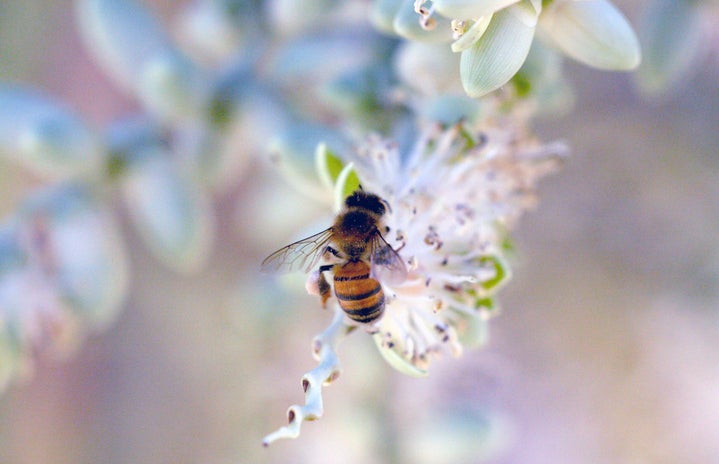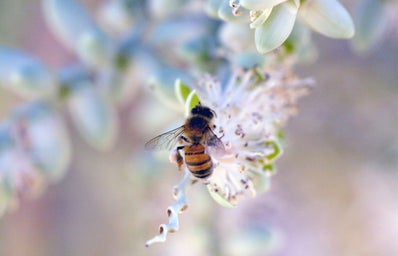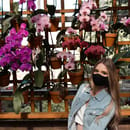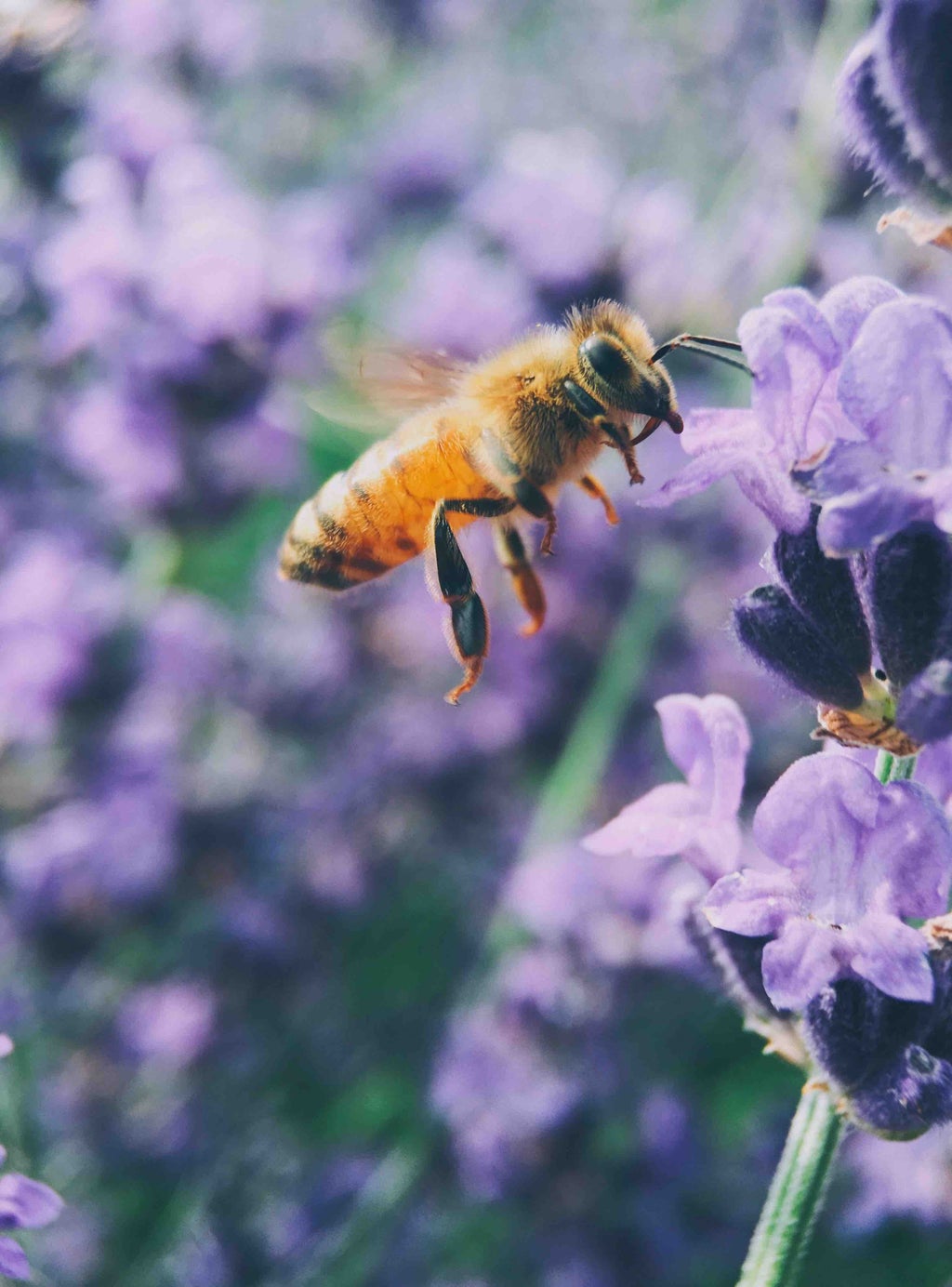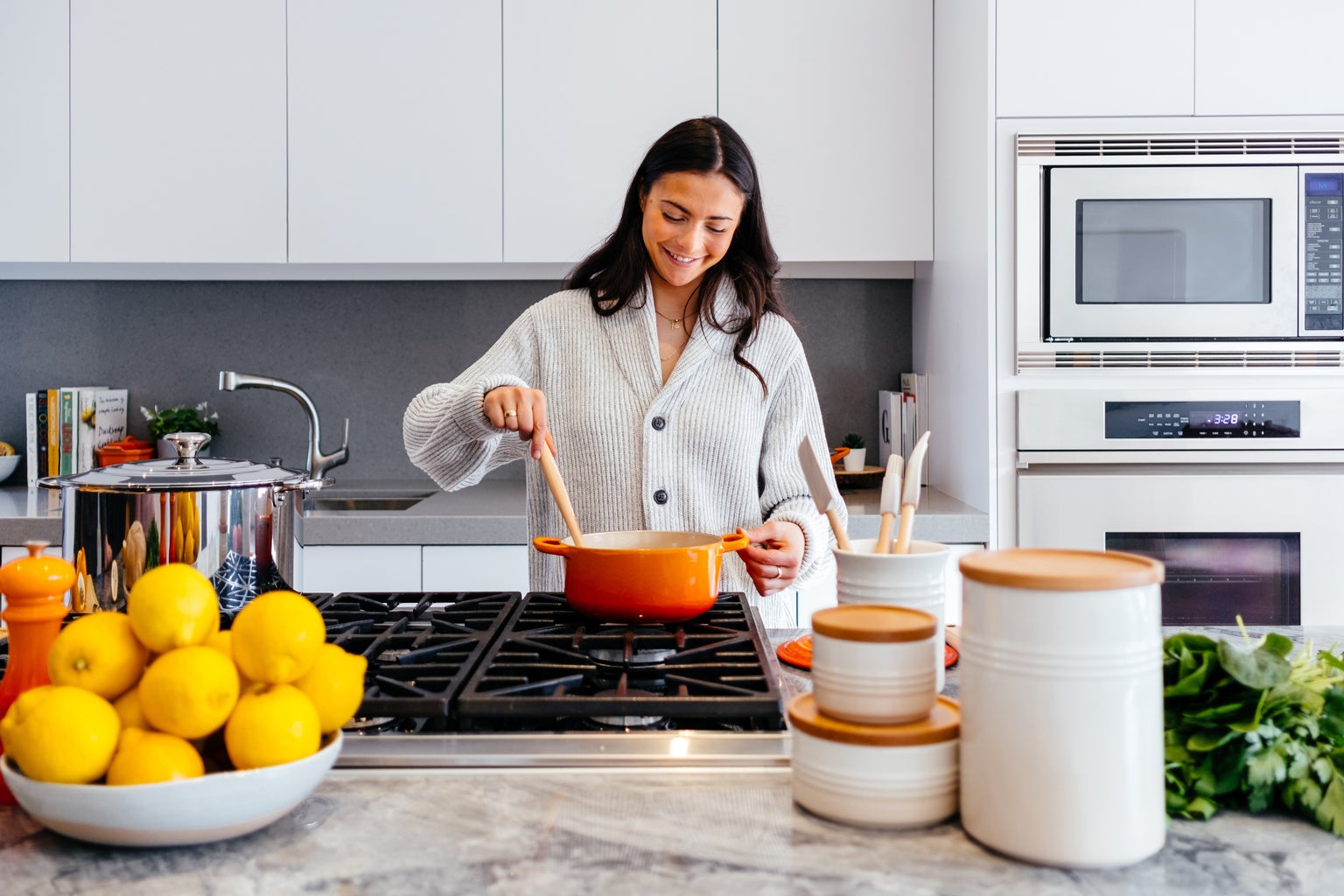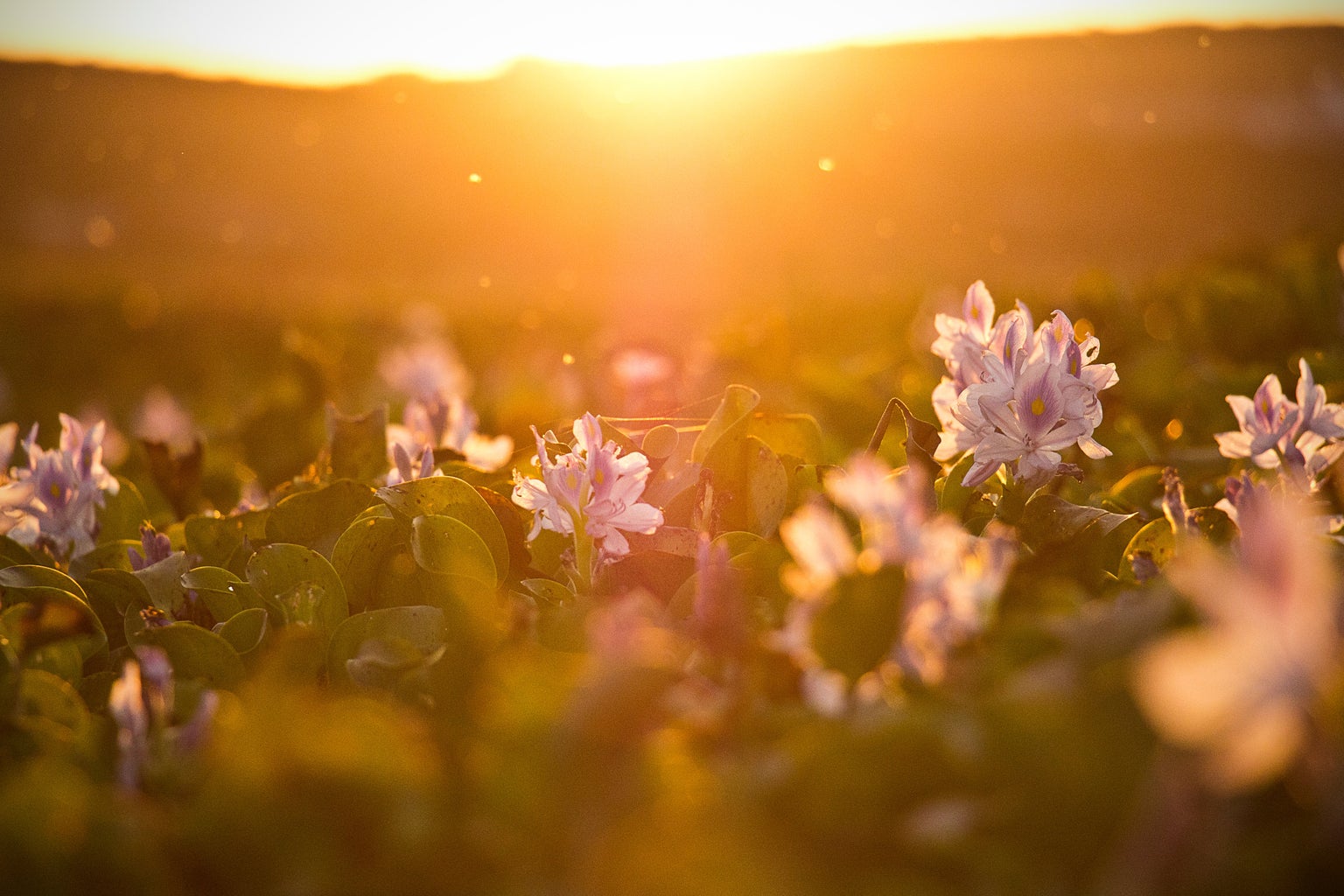Ever since I put up my hummingbird feeder mid-Summer, it’s had a frenzy of activity at almost all times of day. Two hummingbirds are always coming back and it seems that they have claimed the feeder as part of their territories. Their names are Flower and Dot, and I consider them my own personal “pet” hummingbirds.
It’s easier than you might think to attract pollinators to your home, whether you live in a house with a big beautiful garden or on the 11th story of an apartment building in the city, like me. Hummingbirds and bees are both looking for the same things- sources of food, sources of water, and sources of shade.
The very best food sources for pollinators are native flowers, as these flowers will be what they are most familiar with. Researching some proven favorites is probably a good idea as well; honeybees love blue, purple, and yellow flowers and plants. You don’t need to worry about growing them from seeds, as your local garden store will probably have some in full bloom, ready for your pollinators. Make sure that your flowers are insecticide free to avoid harming the bees. Next, just put them on your balcony or even on a windowsill and wait.
Even better than flowers for attracting hummingbirds are hummingbird feeders. How could they pass up an endless supply of nectar in a pretty, red package just for them? Here is a basic, inexpensive one from Amazon that has proven to be incredibly effective on my balcony.
I have scoured the internet for hummingbird nectar recipes, and it seems that the recommendation varies from half sugar and half water to one part sugar and three parts water. Personally, I fill my feeder with one part sugar and two parts water, heating up the mixture slightly in a saucepan to help the sugar dissolve before pouring it.
It’s important to clean your hummingbird feeder regularly, especially in warm and humid environments that facilitate mold. I use a small brush and some dish soap to thoroughly clean my feeder, and sometimes even put it in the dishwasher. Clean nectar makes for happy hummingbirds.
There is a myth that you should take down your hummingbird feeders when the weather starts getting colder, because it will cause the birds to stay near their source of nectar rather than migrating like they’re supposed to. The reality is that healthy hummingbirds migrate in response to changes in weather, and will migrate regardless of your feeder being maintained. Hummingbirds that are too sick, too young, or too old to migrate will stay behind. These birds and other hummingbirds who are migrating through are the reason you may still see hummingbirds during the colder months of the year.
A couple of ways to additionally boost your pollinator traffic is to provide water and shade near your food source. Insects and birds alike will be attracted to a clean, shallow dish of water for drinking and bathing. Some sort of shade with a place to perch will allow them a place to rest and rejuvenate. Remember that hummingbird feet are smaller than your pinky nail, so an ideal perch for them is very small.
With all of these amenities, your outdoor space will be a pollinator haven in no time.
